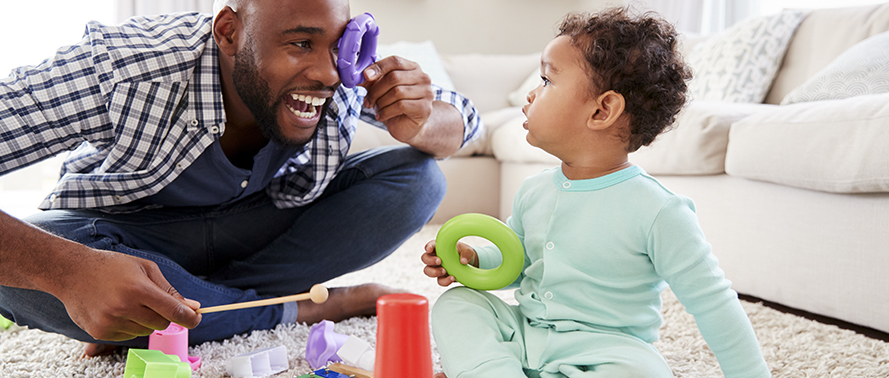
How Play Therapy Helps Children Navigate Emotions and Life Challenges
Play comes naturally for children (APT, 2020).
It offers an organic platform for young people to process different issues they experience and feel. It may have been a recent move, loss of a loved one, a new classroom or teacher, an added sibling, family conflict, or witnessing others face difficult situations. Parents may find their child filled with anxiousness, depressive symptoms, strained attention, back-lashing, parenting struggles, and looping amidst transitions, grief, or trauma. Children’s brains play a major role as emotional and logical input begins to be intricately constructed for long-term positive and negative responses, often times understood as the body expresses through smiles, tears, loud sighs, stomping, big hugs, and exhaustion (Siegel & Payne Bryson, 2011).
When things aren’t well, it may feel like a lot of wires are crossed or disconnected with no manual to discover what is happening! In fact, the brain continues to do this beyond childhood into adult relationships and experiences. As any person, children’s thoughts and emotions are continue be maintained within their constructed world of contentment, concerns, and conflict which involve relationships in their family environment.
So, what if play between parent and child could increase awareness of unwanted patterns and allow families to recognize and experience shared emotional and relational needs or stressors in for change to occur? Having someone to help you work through those patterns and not feel alone can make all the difference in a tangled mess! Parents and caregivers have the opportunity to see and hear a child in their expressed needs and give them positive direction for change. Becoming a playful parent with your child gives you the tools of possibility within a therapeutic environment that offers practice and empowerment to develop new ways to find acceptance and regulation in the play therapy process.
How does play therapy work?
The integration of therapy evokes a symbolic approach to your child’s ability to face and process their problems no matter how big or small and freedom for insight that carries them through play. As a parent or caregiver, you may not know what the scribble on their paper is until you ask, but you can watch your child. You see them and hear their voice in order to empathically feel what they feel, maybe conveyed pride or desired approval, which carries on through each stage of development between parent and child. Those stages ensue learning different kinds of boundaries, seeking adaptable structure and limits for the safety of your child and secure positive relationship in your reactions as parents and caregivers. (VanFleet, 2014)
Coming into play therapy creates a space for your children to develop an increased sense of self (Siegel, Payne Bryson, 2011) and work to resolve life events (APT, 2020). The impact of these moments leaves room for motivated attachment, healthy relationships, and empowerment as parent, child, and therapist collaborate so that one degree of change may become a world of difference (VanFleet, 2014). Imagine the family learning together to play and grow into themselves as a whole, for each other. This is where we can begin.
Discover the Benefits of Play Therapy for Your Child
At Wellspring, we specialize in child and adolescent therapy to help your child navigate their emotions and life challenges. Contact us today to learn more about our compassionate, personalized services.
Lilly, J., O’Connor, K., Knill, T., Schaeffer, C., Landreth, G., Pehrsson, D.E., Carmichael, K., Aguilera, M., Hudspeth, E.F. (31 January 2020). Play therapy makes a difference. Association for Play Therapy. https://www.a4pt.org/page/PTMakesADifference/Play- Therapy-Makes-a-Difference.htm. Siegel, D. J. and Payne Bryson, T. (2011). The whole-brain child. Delacorte Press. VanFleet, R. (2014). Filial Therapy: Strengthening parent-child relationships through play. Professional Resource Press.

